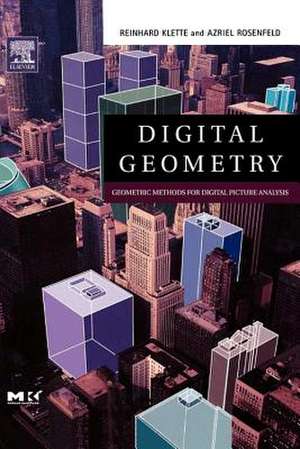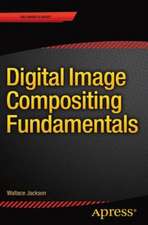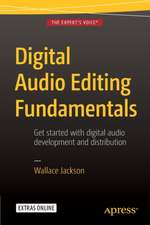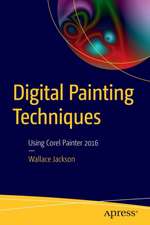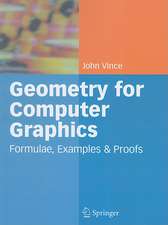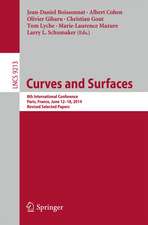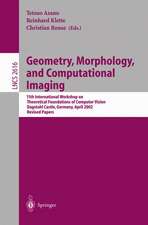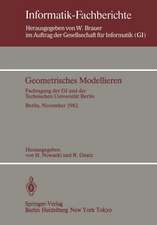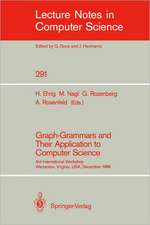Digital Geometry: Geometric Methods for Digital Picture Analysis
Autor Reinhard Klette, Azriel Rosenfelden Limba Engleză Paperback – 31 iul 2004
*A comprehensive text and reference written by pioneers in digital geometry, image processing and analysis, and computer vision
*Provides a collection of state-of-the-art algorithms for a wide variety of geometrical picture analysis tasks, including extracting data from digital images and making geometric measurements on the data
*Includes exercises, examples, and references to related or more advanced work
Preț: 593.46 lei
Preț vechi: 666.81 lei
-11% Nou
Puncte Express: 890
Preț estimativ în valută:
113.58€ • 118.26$ • 95.99£
113.58€ • 118.26$ • 95.99£
Carte indisponibilă temporar
Doresc să fiu notificat când acest titlu va fi disponibil:
Se trimite...
Preluare comenzi: 021 569.72.76
Specificații
Cuprins
Introduction. Grids and Digitization. Metrics. Adjacency Graphs. Incidence Pseudographs. Topology: Basics. Curves and Surfaces: Topology. Curves and Surfaces: Geometry. Straightness. Arc Length and Curvature. 3D Straightness and Planarity. Surface and Area Curvature. Hulls and Diagrams. Transformations. Morphological Operations. Deformations. Other Properties and Relations. Bibliography.
Recenzii
"[This is] a serious work. The authors have made a huge effort to present the major problems of digital geometry...It will be a very useful resource for a diversity of readers from engineers to mathematicians and from undergraduate students to scientists at the highest level." --Dr. Jovisa Zunic, Cardiff University
"This book would be a great asset for professionals in the field of picture analysis, and would be ideal as a textbook in graduate courses on that subject. One must note that the book uses a standard mathematical/technical language, instead of image processing jargon, and thus is very appropriate for those engineers and scientists in other specialties who need to learn about, and work with, computer pictures." --Computing Reviews
"This book would be a great asset for professionals in the field of picture analysis, and would be ideal as a textbook in graduate courses on that subject. One must note that the book uses a standard mathematical/technical language, instead of image processing jargon, and thus is very appropriate for those engineers and scientists in other specialties who need to learn about, and work with, computer pictures." --Computing Reviews
